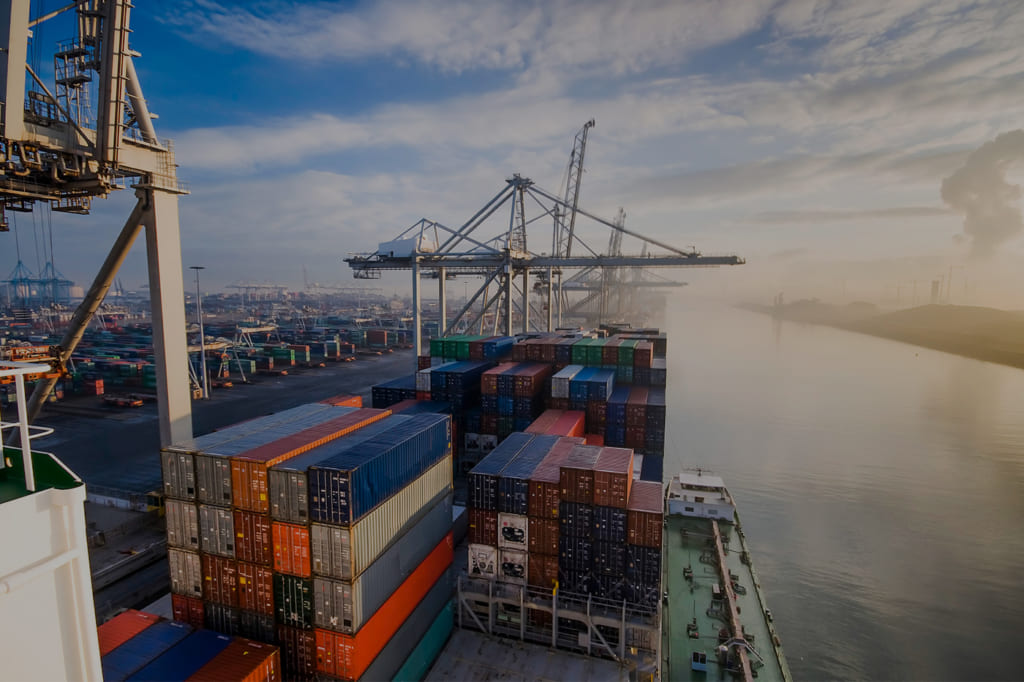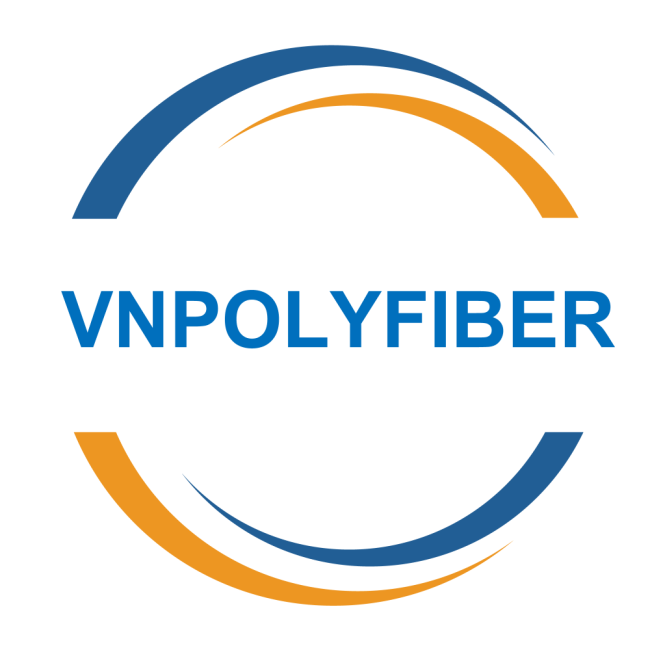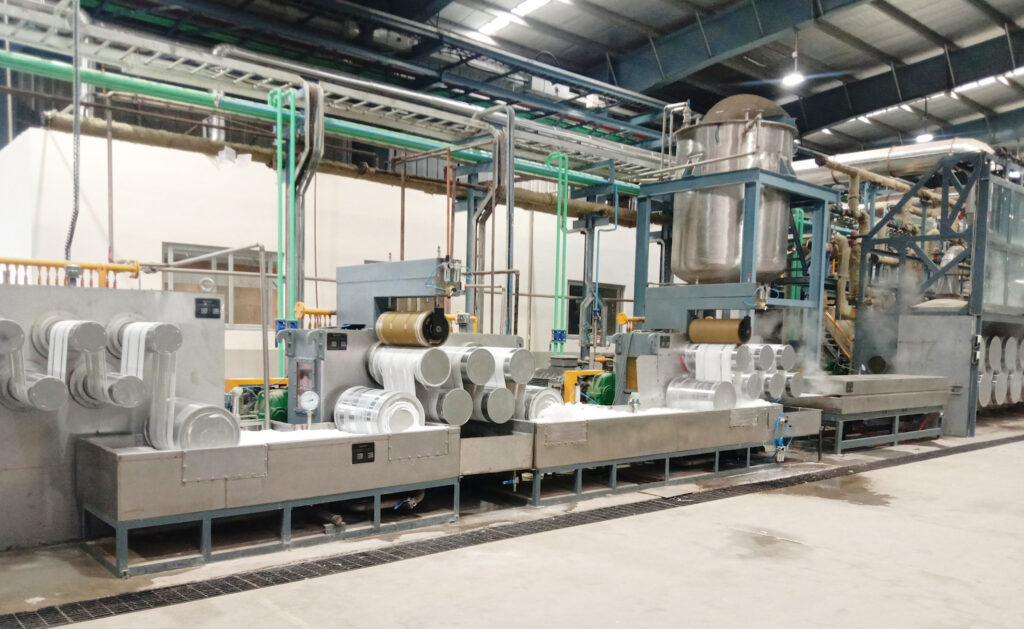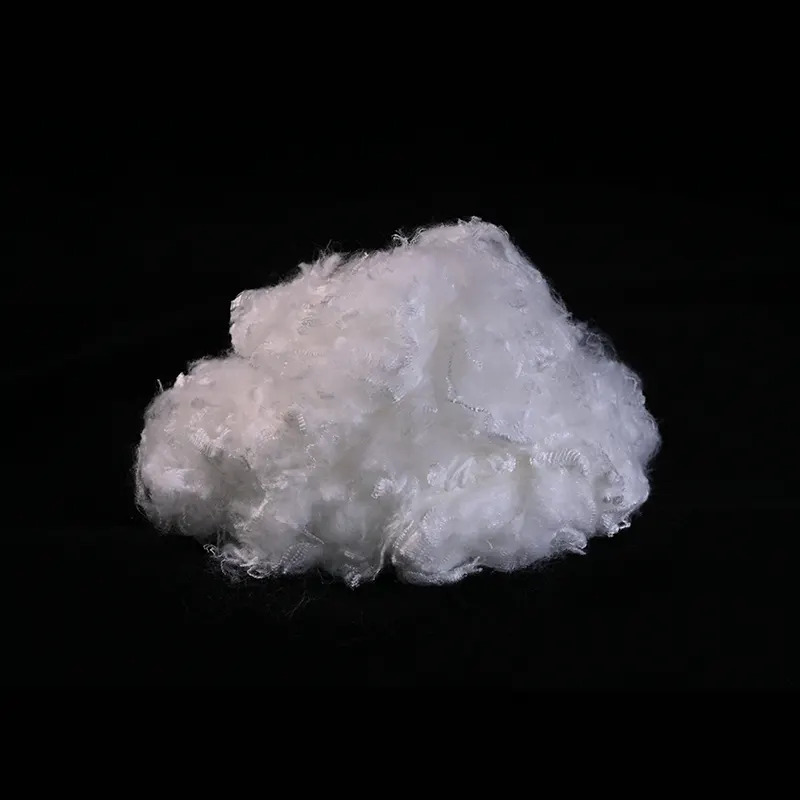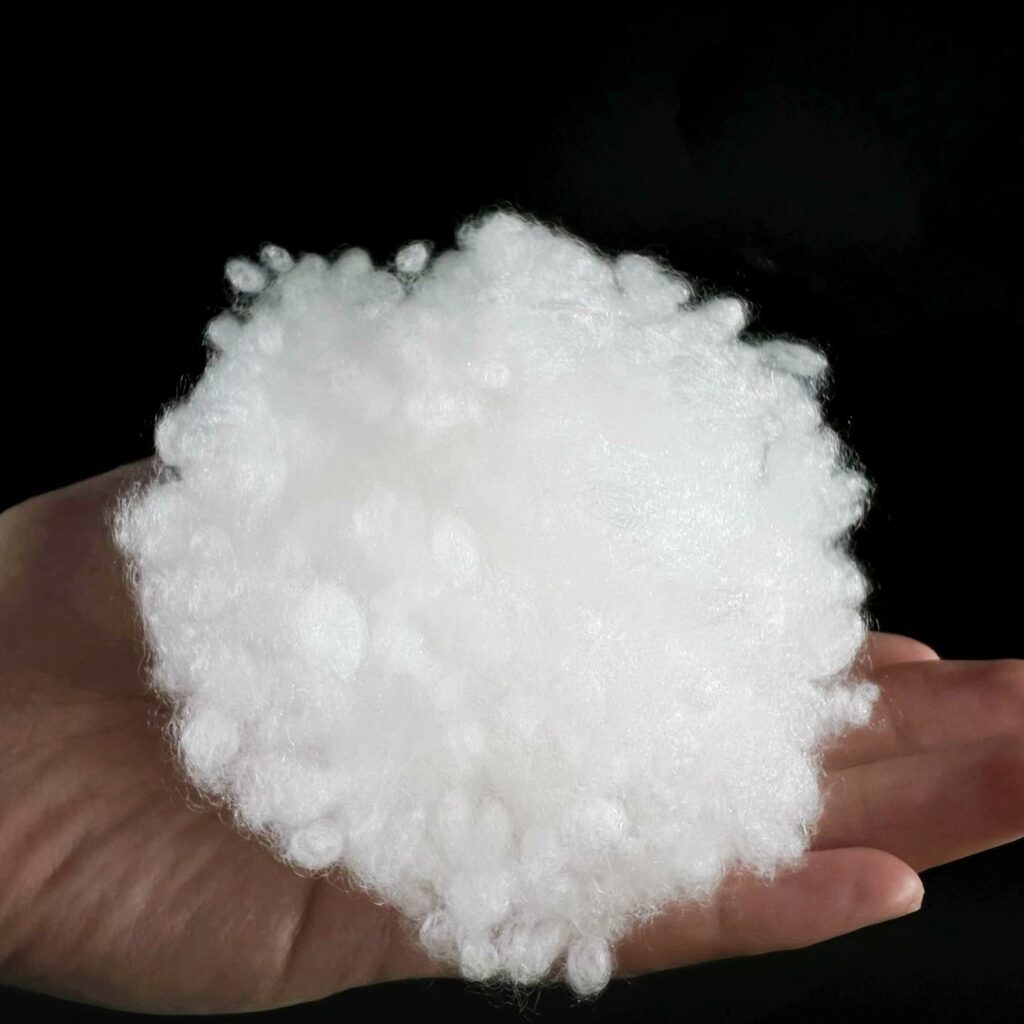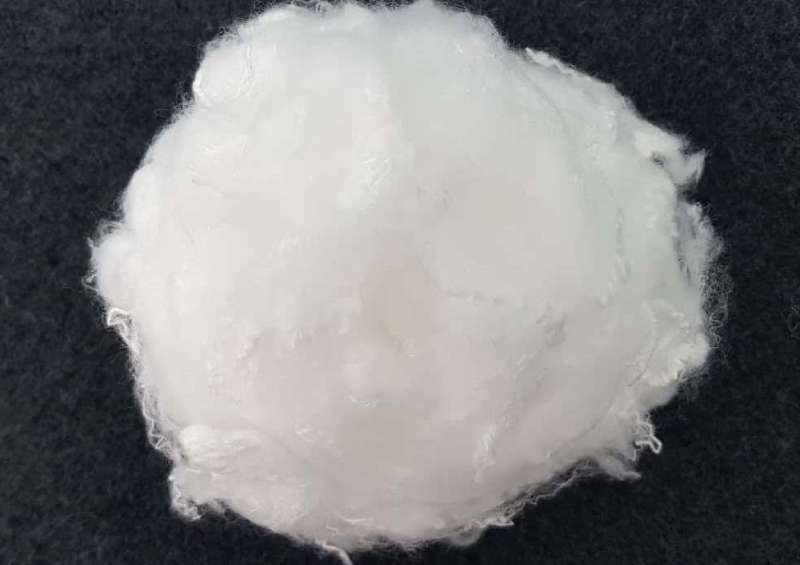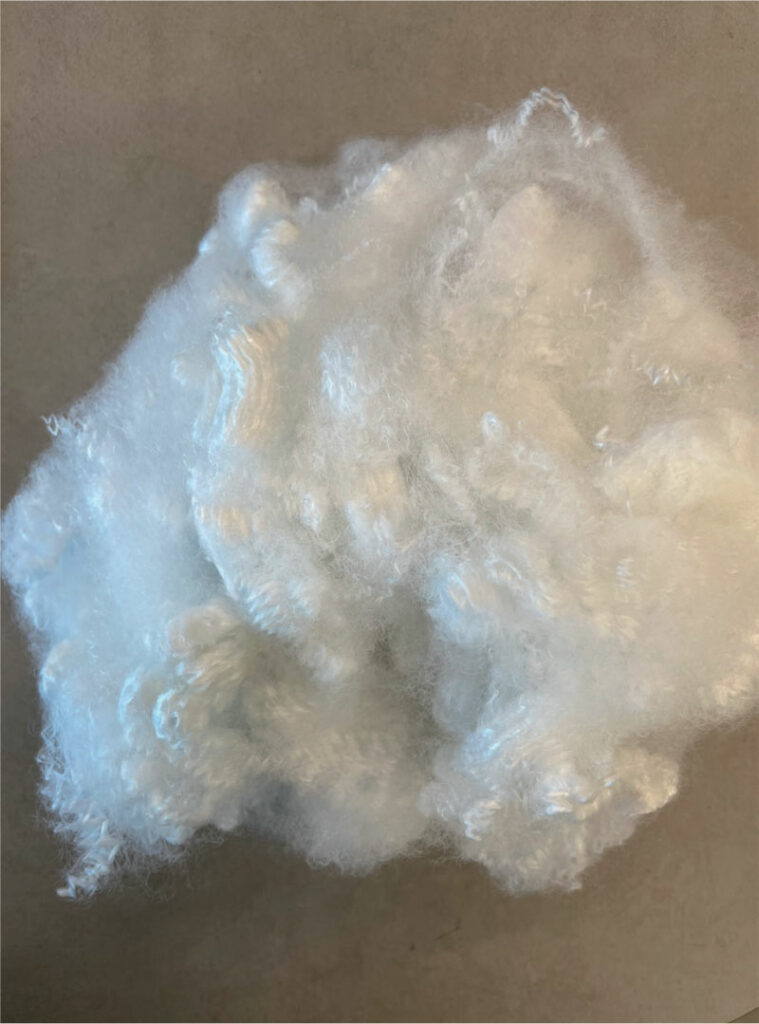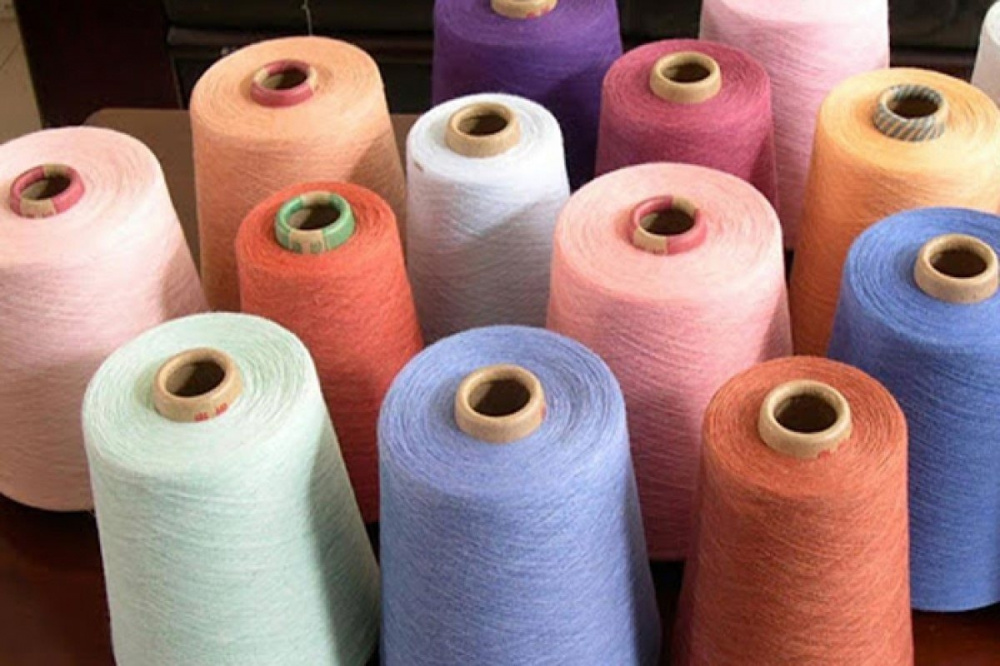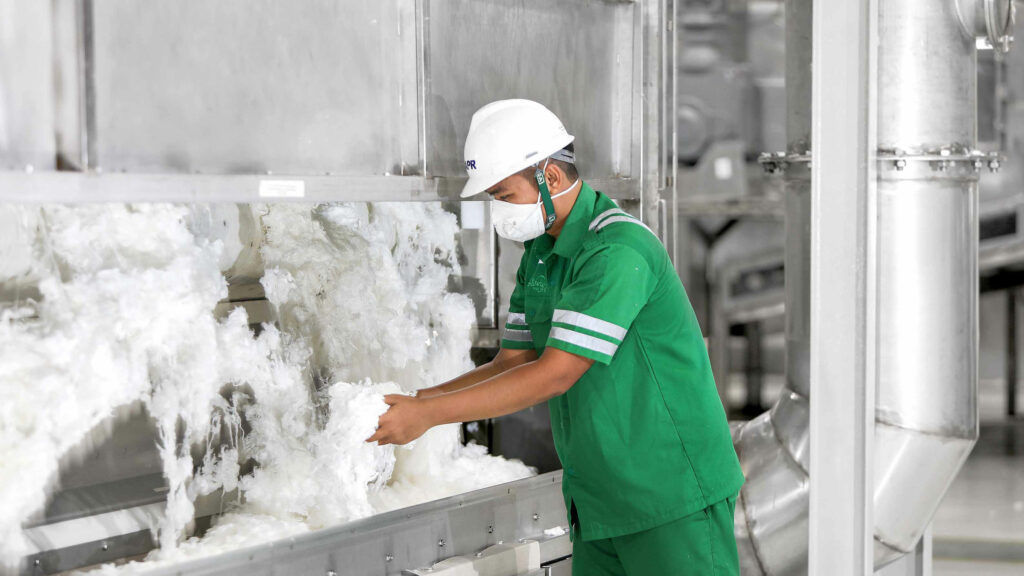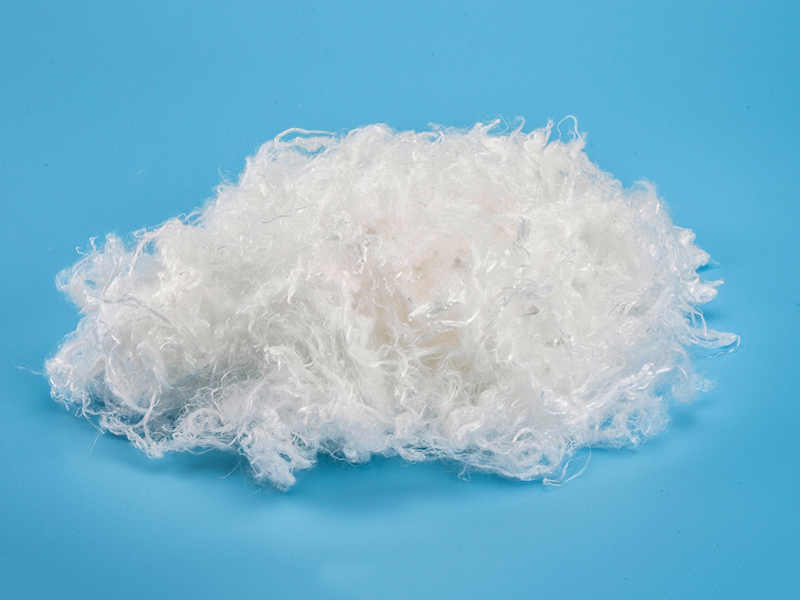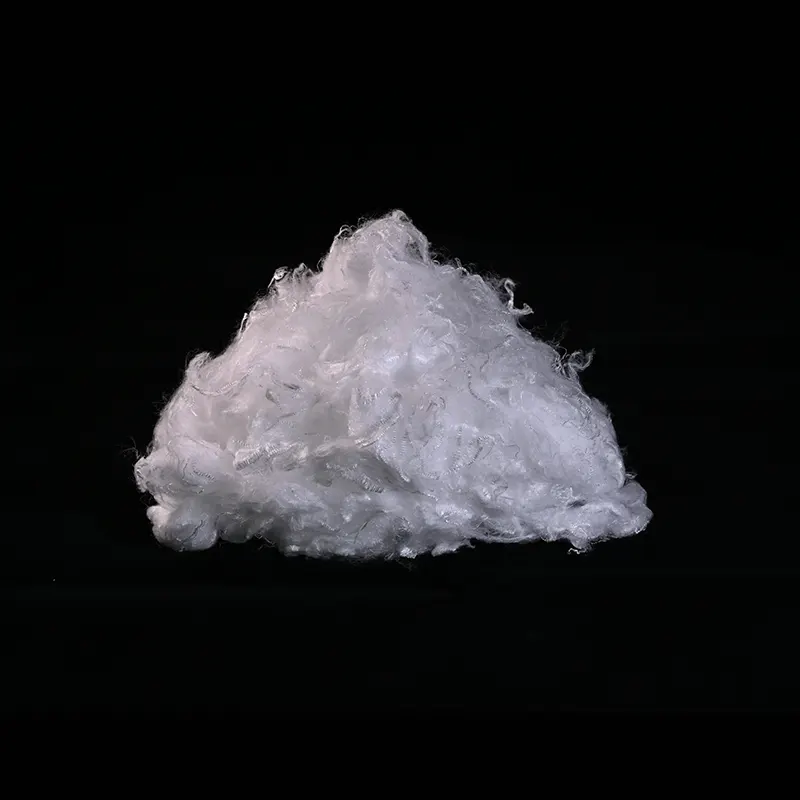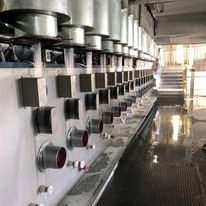What is anti-dumping? Anti-dumping measures are justified by Article VI of the General Agreement on Tariffs and Trade (GATT) 1994, which allows such measures to be applied when imported goods are sold below fair market prices, causing significant damage or potentially damaging a domestic industry. In addition, countervailing measures can be taken in response to…
Category Archives: Tin tức
What is biodegradable fiber? Biodegradable means that it can be biodegraded using micro-degradable materials. It is often connected with biodegradable materials. Biodegradable materials refer to materials that can be completely decomposed into low-molecular compounds by microorganisms (such as bacteria, fungi, and algae, etc.) under appropriate and definite natural environmental conditions. Fully biodegradable materials can be completely…
Anti-dumping Investigation of Polyester Staple Fiber in Brazil Brazil has initiated an anti-dumping investigation in imports of polyester staple fibre (PSF) originating from India, China, Vietnam, Malaysia and Thailand. Polyester Staple Fibers (PSF) are widely used in the textile industry to produce a variety of products, such as general clothing, sheets, pillowcases, upholstery fabrics, carpets, ropes, tarpaulins,…
Nova investigação antidumping está sendo conduzida sobre as importações de fibras de poliéster provenientes da China, Índia, Vietnã, Malásia e Tailândia para o Brasil. O Brasil deu início a um inquérito anti-dumping sobre as importações de fibras descontínuas de poliésteres originárias da Índia, China, Vietname, Malásia e Tailândia. As fibras descontínuas de poliéster (FSP) são…
What is polyester fiber? Polyester fiber or polyester staple fiber (PSF) has extensive applications in spinning, weaving, and non-woven processes, predominantly employed for filling pillows and sofas with fibers. Polyester fiber or polyester staple fiber comes in varying degrees of luster, categorized as Semi Dull or Bright. Additionally, through the integration of color master-batch, Polyester…
THÔNG BÁO ÁP DỤNG THUẾ CHỐNG BÁN PHÁ GIÁ TẠM THỜI ĐỐI VỚI MỘT SỐ SẢN PHẨM SỢI DÀI LÀM TỪ POLYESTER CÓ XUẤT XỨ TỪ CỘNG HÒA NHÂN DÂN TRUNG HOA, CỘNG HÒA ẤN ĐỘ, CỘNG HÒA IN-ĐÔ-NÊ-XI-A VÀ MA-LAI-XI-A (Ban hành kèm theo Quyết định số 2080/QĐ-BCT ngày 31 tháng 8 năm 2021 của Bộ trưởng Bộ…
The viscose fiber market is poised for growth across various applications, driven by trends in sustainability, innovation, and expanding markets. The demand for different types of viscose products is expected to increase, particularly in textiles, non-wovens, and blended fabrics, as industries continue to innovate and adapt to changing consumer preferences. Projections for Global Viscose Fiber…
What is Lyocell fiber ? Lyocell staple fiber has excellent wearability, mechanical properties and processing properties. It is widely used in home textiles, underwear, infant products, clothing, apparel, fabrics, sportswear, tooling, masks, wet wipes, flocking, hygiene materials, medical materials , Precision instrument wipes, special paper, food packaging, industrial filter materials, etc. Can be pure spinning,…
Mono PP fiber What is Polypropylene (PP)? Polypropylene (PP): It is a thermoplastic polymer, known for its versatility, chemical resistance, and durability. It is one of the most commonly used plastics in the world, found in everything from packaging materials to automotive parts and textiles. Characteristics of PP: Lightweight: PP has a low density, making…
U.S. International Trade Commission just released its third review publication no. 5456 to shed a light about US import of polyester staple fiber from China in the last 5 years. VNPOLYFIBER would like to summarize some main points of this review for interested audience. Scope of polyester staple fiber from China The merchandise subject to…
VNPOLYFIBER - Polyester Fiber Partners from Asia
We are a leading exporter of recycled polyester staple fiber—including hollow conjugated fiber, hollow slick fiber, solid fiber, low melting fiber, and many other polymer fibers since 2017. With a wide-reaching network of trusted suppliers across China, Vietnam, Malaysia, Thailand, and Indonesia, we have successfully exported to over 30 countries, serving more than 200 clients, many of whom have a strong presence in North America, South America, and the EU. We provide One Stop Solution for Polyester Staple Fiber, Nonwoven Fabric and Home Textile Materials